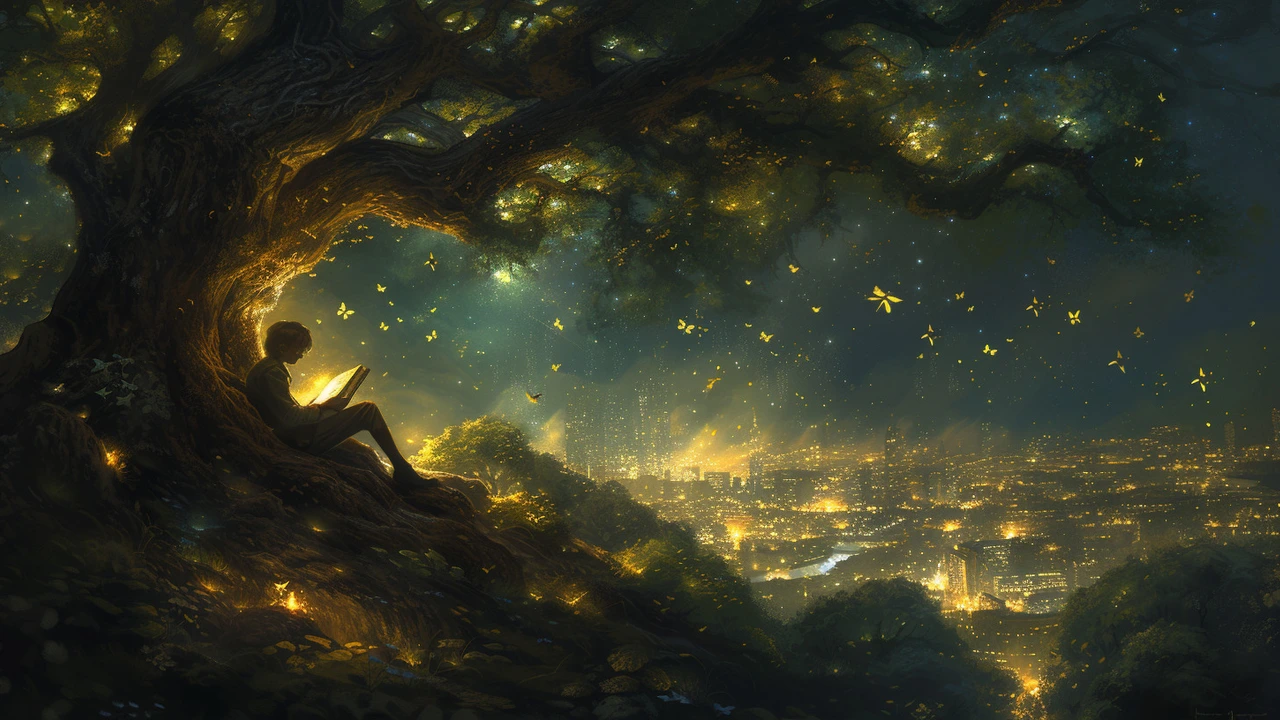Reflective Fiction: Stories That Mirror Art and Memory
Ever read a story that changed how you look at a painting or a room? Reflective fiction does that. It uses memory, detail, and small moments to turn ordinary scenes into something you carry with you. Here on Paul Artistry, reflective fiction connects directly with articles about photorealism, magical realism, and art movements—so you can see how narratives and visuals feed each other.
Why does it work? Because reflective fiction focuses on observation and feeling, not on plot twists. It treats texture, color, and light like characters. When an author writes a paragraph about a morning light falling across a canvas, you notice brushstrokes you missed before. That same attention shows up in photorealism pieces the site covers and in essays about installation art or the Baroque era.
Why reflective fiction matters
Reflective fiction helps you slow down. Reading a short, thoughtful scene trains you to look closer at art and design. For example, a piece about a city plaza might change how you walk through urban space—something tied to our land art and futurism posts. It also surfaces memory: writers pull small details from the past to make present scenes richer, the way a Bauhaus chair or a jazz record can unlock a moment in a Harlem Renaissance story.
How to read and write it
When you read, keep a notebook. Jot a single line that sticks—a color, a phrase, an emotion. That line is your bridge between writing and art. If you want to write reflective fiction, start with a concrete object: a photograph, a chair, a tattoo pattern from ukiyo-e. Describe it for two paragraphs without trying to tell a whole life story. Let memory and associations appear naturally.
Pair reading with a quick art dive. While reading a reflective piece, open one of our posts on photorealism, installation art, or magical realism. Notice overlaps: a detail the writer uses might match a visual detail in an artwork. That practice sharpens both your reading and seeing skills.
Want prompts? Try these: describe a painting you half-remember at midnight; write a scene where a character cleans a museum bench and recalls a song; imagine a small object from the Harlem Renaissance changing hands across generations. Short prompts like these push you toward the reflective, grounded tone that works best.
Finally, use reflective fiction as a way to explore artistic topics on Paul Artistry. Read about movements like Abstract Expressionism or De Stijl, then look for short stories or personal essays that echo those themes. The mix of visual and verbal helps you understand both better—and makes art feel alive, not just historical.
Browse this tag to find short reads tied to art history, technique, and living rooms alike. Click a headline that piques you, read one long piece and one short one. Take ten minutes to sketch or note reactions after each read. Over time those small habits build sharper eyes and clearer writing—and a richer way to enjoy art.

